You should not save on engineering (cables, pipes, manifolds, boiler, fittings, RCDs). Almost all engineering is done once for the entire life of the building. In any case, replacing an engineer means, in fact, doing a major overhaul of the building, with the dismantling of floors, ceilings, etc.
A gas boiler. For a small house, up to approximately 150-200 sq.m. a wall-mounted boiler is sufficient, without hydraulic arrows, collectors with pumps, etc. If there are several buildings, but their area is small, then additional pumps are desirable, at least in order to regulate the direction of heating in non-main buildings.
An indirect heating boiler for domestic hot water is desirable, with a single-circuit wall-mounted boiler. This is more convenient than a double-circuit boiler. But more expensive.
Gas boiler-2. Don’t block chimneys or anything like that. Better is a wall-mounted gas boiler, with a closed combustion chamber and a coaxial chimney into the wall. This is both more practical and cheaper. It is better to install the coaxial head in the winter version, in order to avoid icing of the chimney and stopping the boiler due to an accident. Therefore, the location of the boiler must be chosen taking into account the output of the coaxial chimney not on the front facade.
For underfloor heating (“warm floor”), a pumping and mixing unit and a manifold group with flow meters (rotameters) are required.
Radiator heating is also preferably collector (radiant).
Room thermostats. Convenient, necessary thing. It is necessary to determine their location in advance and lay power to them, and from them – cables to the heating and heated floor servos.
Thermal heads for radiators. Needed.
Outside temperature sensor. Needed. In any case, laying the cable during construction from the boiler in the required place (north side, not in the rain or sun, at a height of about 3 m) does not cost anything. After installing the sensor, if there is a desire, there is no problem in turning it off programmatically in the boiler. But if the cable is not laid, installing such a sensor will be a big problem.
Water supply. If all consumers are close, 5-7 m maximum, you can do without DHW recirculation. But you will have to wait a little, 10-15-20 seconds, until the hot water comes out.
Heated towel rails. Three options: heating, hot water recirculation, electric. It is necessary to decide based on the layout, desires and capabilities of the owner.
Weak currents (Internet, TV, alarm). It is necessary to decide on the location of the multimedia (switching) cabinet. The gasket to all consumers must be radial, from this cabinet. This applies to both twisted pairs and coaxial cables.
Electricity supply. It is necessary to decide on the “vital” consumers: boiler, pumps, alarm system, refrigerator, lighting of escape routes (staircases, corridors), etc. If you have three phases of 15 kW, then allocate one phase to them. If there is one phase, then these consumers should be collected in the electrical panel so that they are separate.
Electricity supply-2. Separate the lighting and power supply of the room into groups. Divide rooms into groups. In addition to circuit breakers, use automatic circuit breakers or RCDs. Don’t forget about the introductory fire protection RCD with a cut-off current of 300 mA. Do not forget that in wet areas (bathrooms, toilets) the cut-off current of the differential or RCD should be 10 mA.
Emergency power supply occurs when the power supply is interrupted. There are several options. A generator that is turned on automatically using an automatic transfer switch, a generator that is started manually, with a preliminary switching of the electricity supply to the generator, using a UPS (uninterruptible power supply with batteries). The emergency power itself can be supplied to the entire house or only to important consumers. The decision must be made in advance and, in accordance with this decision, the electrical wiring in the house must be installed.



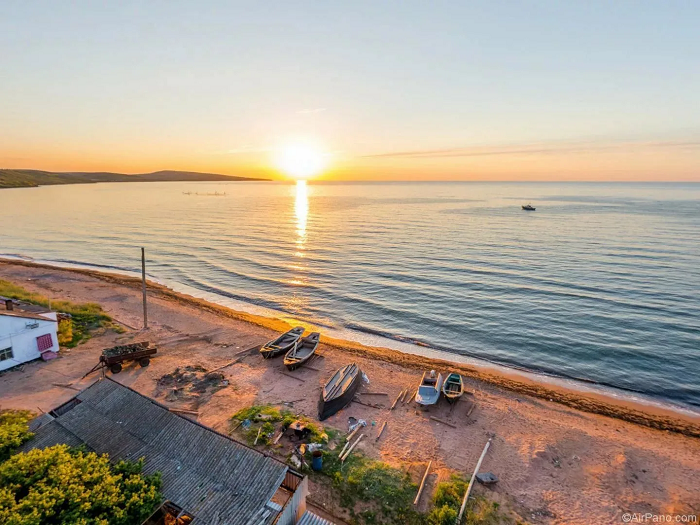
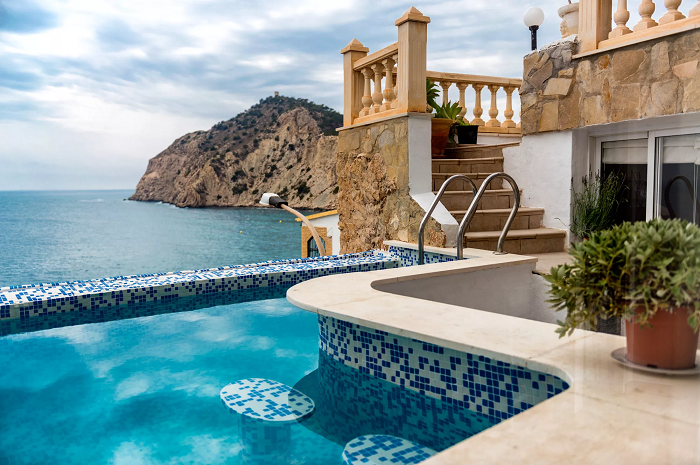
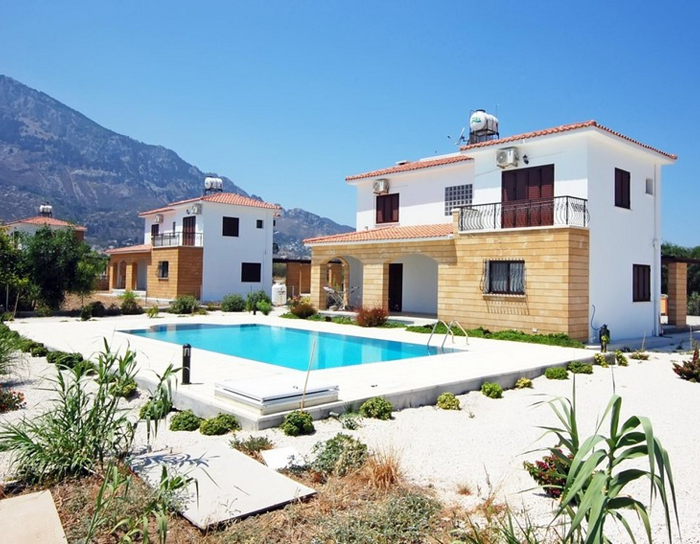
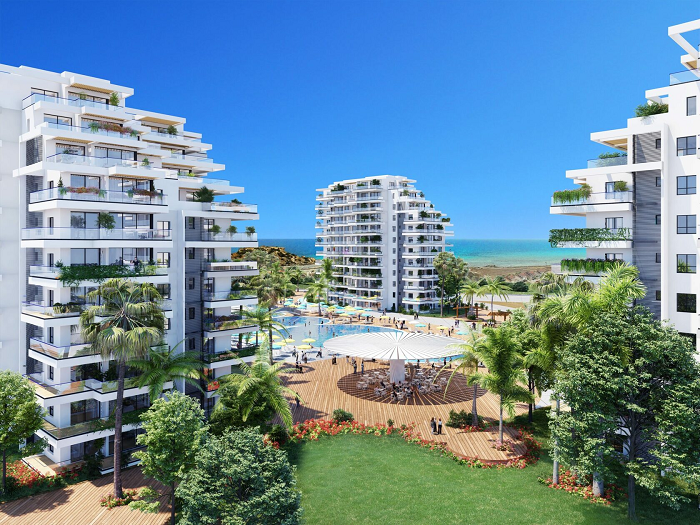

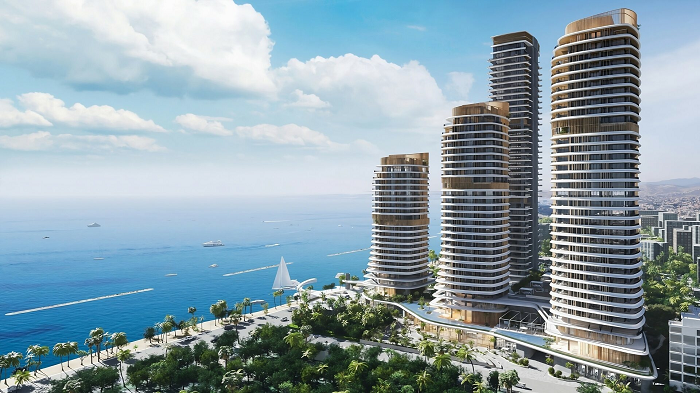
Leave a Reply